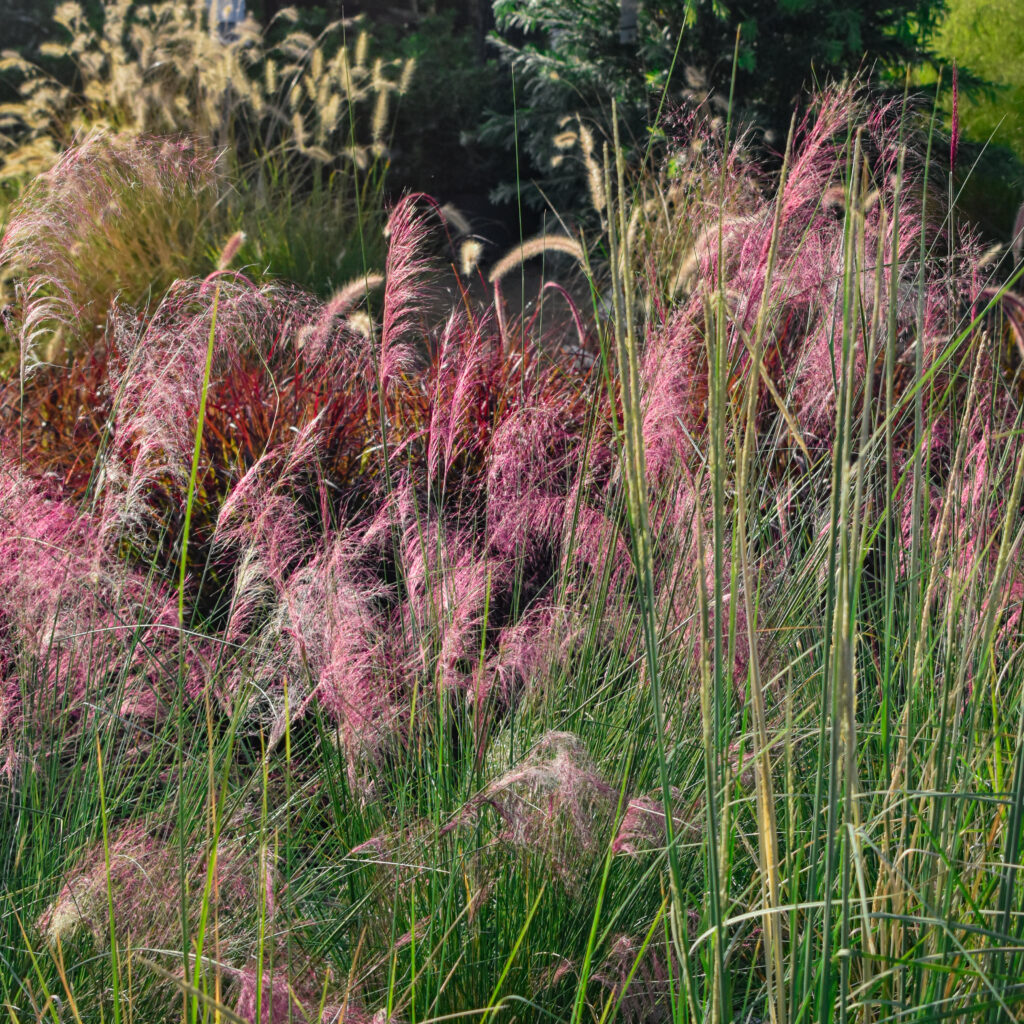James is retired these days, but he loves talking plants! We’re excited to have him back for a garden talk this Saturday, May 6th to discuss ideas for using tough Texas native plants in your landscape. James has a passion for natives and recently received his Texas Master Naturalist certification, plus he’s been designing with native plants for many years. He can tell you the importance of planting natives, and also where and how to use them and what to expect. Bring your questions! Our talks are always free, fun, and open to everyone. And one attendee will win a $100 Gill’s gift card! Watch James’ video invite below. See you Saturday!
Join us for our Mother’s Day pressed flower workshop this Saturday, May 13th at 10am! We’ll have plenty of flowers and cuttings available for you to press. Or bring your own! And we’ll provide the flower press for you to take home, while supplies last. This hands-on workshop is free and for all ages. Come learn how to press and preserve flowers and cuttings! Will be lots of fun – rain or shine! Check out the video preview below!
Join us this Saturday, 5/20 at 10am for a special houseplant event! Creating Your Own Houseplant Soil Cocktail with Ori! Different houseplants have different soil moisture and soil consistency requirements. Ori will demonstrate how to use potting soil amendments like perlite, vermiculite, expanded clay, coconut chips, and more to create the right soil blend for each plant. If you have a houseplant you’ve been wanting to re-pot, bring it to the event and let us help you experiment with a new soil cocktail. Or just come watch and learn! Watch Ori’s preview video below, and see you Saturday!
Back in December 2022, the Gill’s crew planted a native pollinator garden at Windsor Park Elementary dedicated to Gabe Velasquez, longtime landscaper at Gill’s who passed away during the pandemic. We thought this would be a nice way to honor Gabe’s love of plants, provide some valuable nectar for pollinators, and add some beauty for teachers and students to enjoy. Seeing it in full bloom this Spring is such a treat! We had to share a few photos.

James Gill designed Gabe’s Garden using mostly Texas native plants that can withstand big seasonal fluctuations. We planted this garden about 2 weeks before the Christmas freeze of 2022, and everything made it through the cold just fine. And this summer, now that they’re well-established, the plants won’t require much watering. Natives include Skeleton Leaf Goldeneye, Texas Lantana, Texas Frogfruit, Kidneywood, Gregg’s Mistflower, and Prairie Verbena. Non-native adapted plants include our tried and true Salvia Mystic Spires and Uptick Coreopsis.
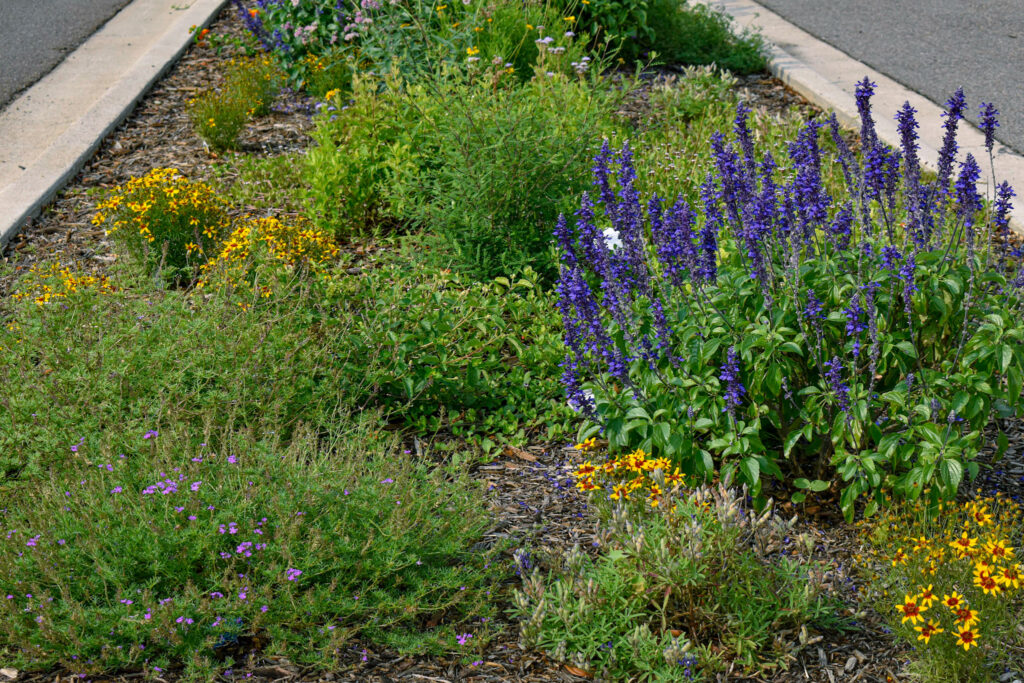

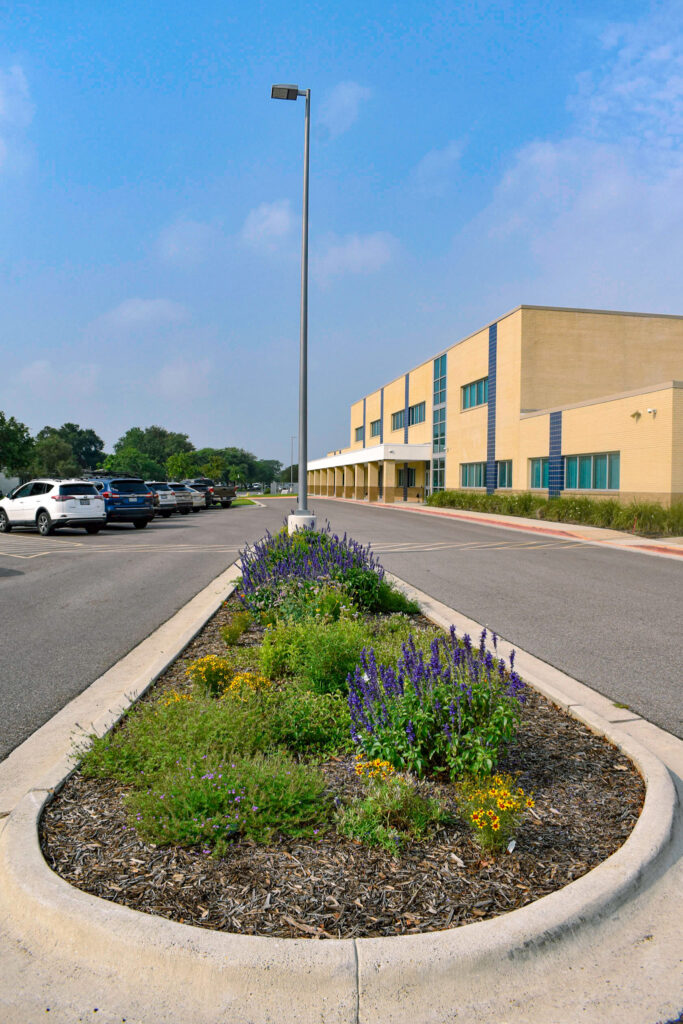
Gabe’s Garden also features a small tile sign designed and handmade by our friend and ceramic artist, Merlein Wilder. Stop by and visit the garden when you’re in the neighborhood.
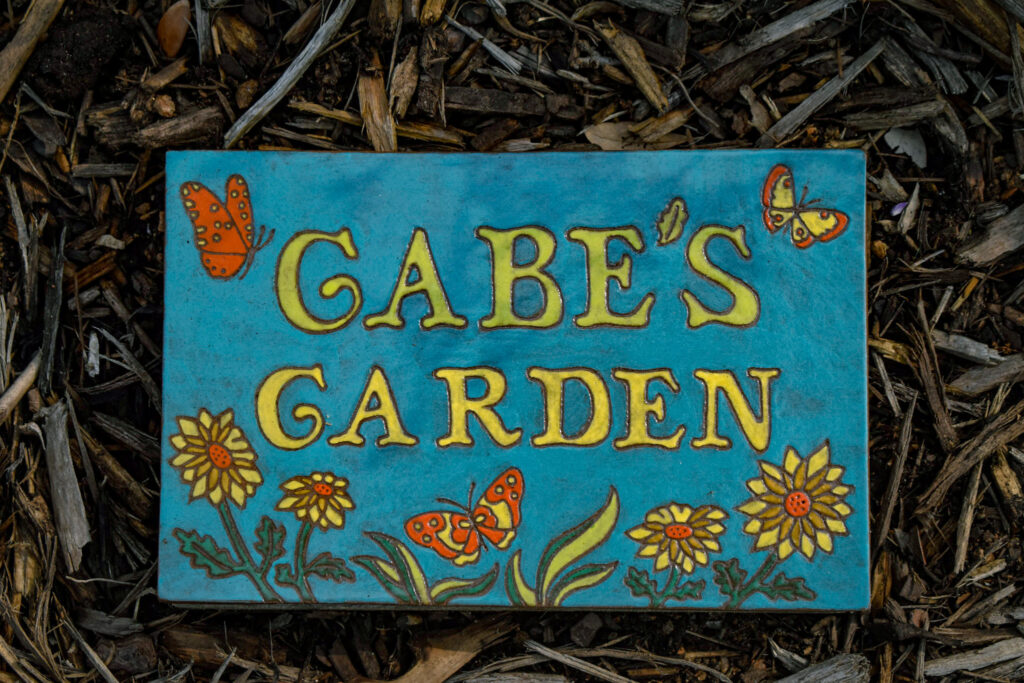
Summertime is here! We’ve been fortunate to have rainfall that’s created some depth moisture in the soil which makes our transition into the warm summer season smoother. Here are our top priorities this month, including how to adjust watering, what to watch out for, and what to keep planting!
Check out our June Garden Guide for more tips and remember that trees, shrubs, and perennials can be planted 12 months out of the year! The only difference is the amount of water they need depending on temperatures and wind!
1. Adjust Your Watering… don’t go by the calendar!
With recent rains AND warmer weather, we need to be extra mindful of watering properly. That means we can’t rely on the calendar to tell us when to water. We need to pay closer attention to plants and check to be sure they need water. Pro tip: Use a moisture meter! We carry them and can show you how easy they are to use. They’ve saved many plants! When it’s time to water, do it in the morning before 10am. Keep the water on the plants, soil, lawn, flowerbeds, not in the gutter, sidewalk, or street. Sprinkler systems are great for established lawns and landscapes but turn them off when we get rain, so you don’t over water and encourage fungal issues. Summer lawns need about 1 inch of water about once a week. Remember – it’s much easier to maintain depth moisture than it is to create it!
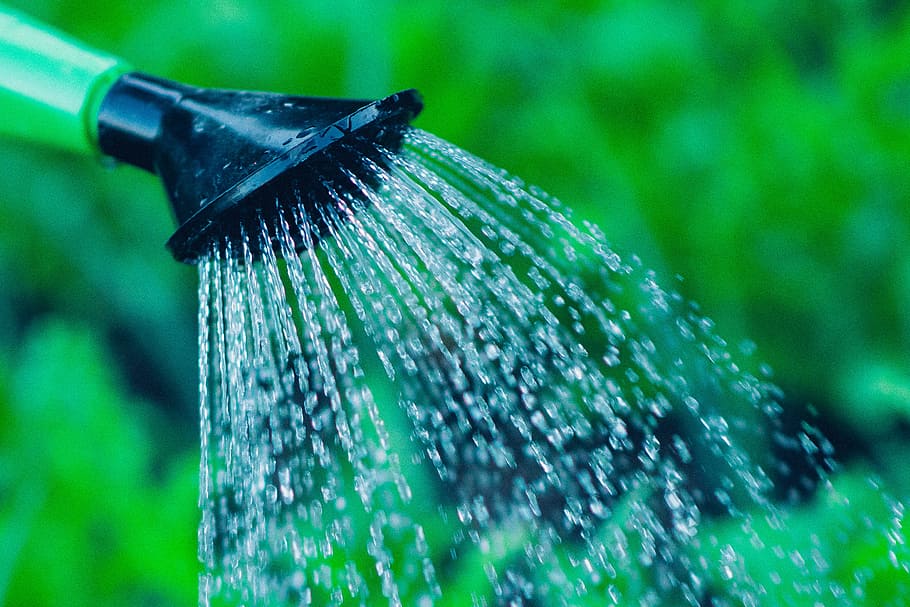
2. Watch for Summer Lawn Bugs!
Yes, bad bugs will be around more during the Summer, but don’t treat unless there’s significant damage. We can help identify the pest and if/how to treat. You don’t want to kill too many good bugs while trying to take care of the bad bugs! If you see brown areas in the lawn that are easily pulled up, it’s usually a sign of grubs eating the roots of your grass. You can control grubs with Bonide Insect and Grub Control. Chinch bugs love hot dry areas in lawns. They make the lawn look dried out along sidewalks and pavement. Spot-treat those areas with Cyonara in easy ready-to-spray bottles. For organic control, use Spinosad or Diatomaceous Earth. Remember that healthy lawns are less susceptible to damage from bugs, heat stress, and common lawn disease like Take All Root Rot. Water lawns deeply (a good 1”) once a week this Summer and fertilize every 3 months. If you fertilized in April, wait to feed again in July.
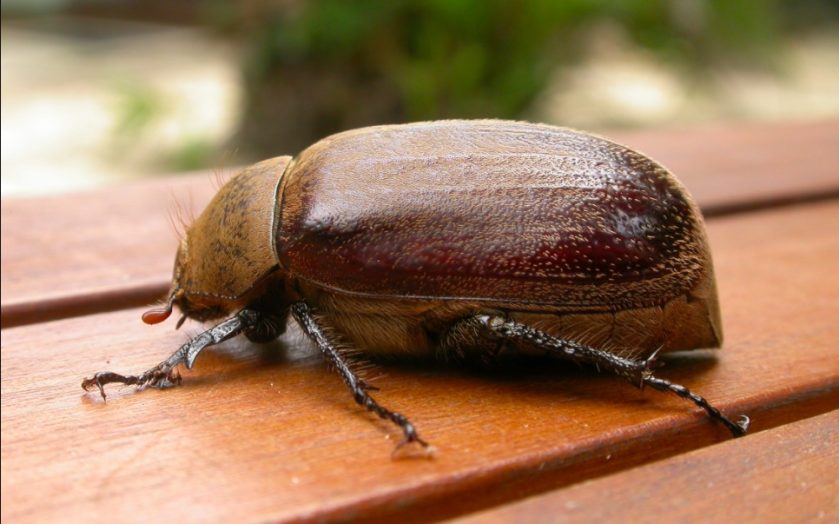
3. Crape Myrtles – Choose While Blooming!
Crape Myrtle trees are just starting their Summer bloom cycle. Best to choose your color now while they’re in bloom, then plant and enjoy them for years to come. You must plan to water them or check them every day during this Summer. Crape Myrtles are water-needy when first planted.

4. Plant Native Milkweed for Monarchs!
We are thrilled to be able to offer a Texas native milkweed variety (Asclepias tuberosa) for Monarchs! Not only is this native milkweed a great host plant for Monarch butterflies, it’s also tough and great for summer! Our supplier gave us this advice: plant it in your hottest and sunniest spot, and don’t water it!! Of course that’s an exaggeration – it will need some water, but very little!

5. Succulent and Cacti Workshop at Gill’s June 10th!
We had so much fun at our May garden talks and events that we decided to add one more! Join us here at Gill’s on Saturday, June 10th at 10am for our Succulent and Cacti Workshop! We will have stations set up with new and unusual bare-root cacti and succulents + pots to choose from. For a fee, you’ll be able to choose your plants, choose your pot, and we’ll demonstrate and provide tips on how to pot them up. Come make a mess with us and leave with your own cool succulent or cacti creation! Stay tuned for more details.

ATTENTION CACTUS AND SUCCULENT LOVERS!! We’re hosting a cactus and succulent workshop this Saturday, June 10th starting at 10am and going all day! Drop by any time to check out our new CACTI & SUCCULENT BAR!
We’ve got lots of special cacti and succulent cuttings to choose from. Come mix and match and build your own potted creation! Pick 5 cuttings + a 7″ pot for $17 or pick 7 cuttings + a 12″ pot for $29. Use our soil mixes and rocks for free! Or shop for cuttings a la carte.
Frances will be on hand to help out and offer tips for planting. Come make a mess and take home something totally unique! (p.s. – we have tongs for grabbing the spiky ones)
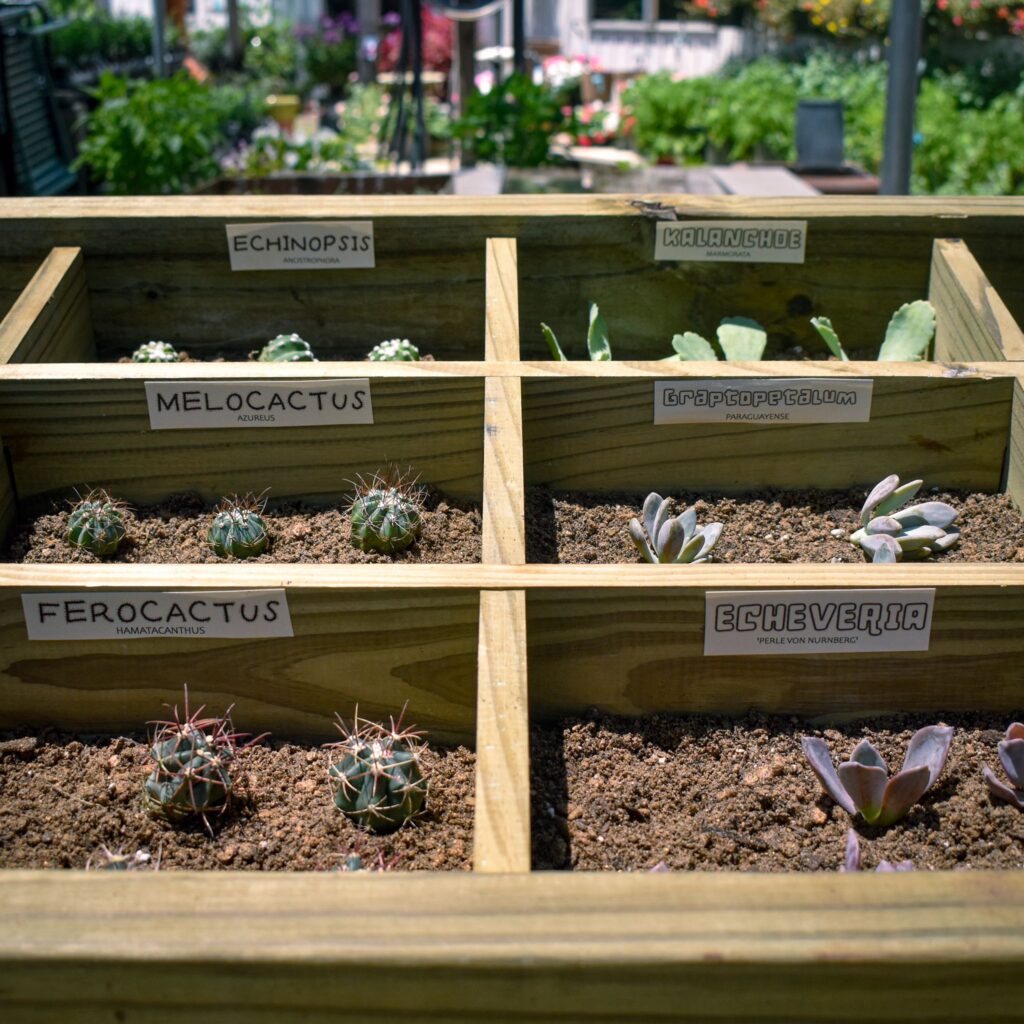
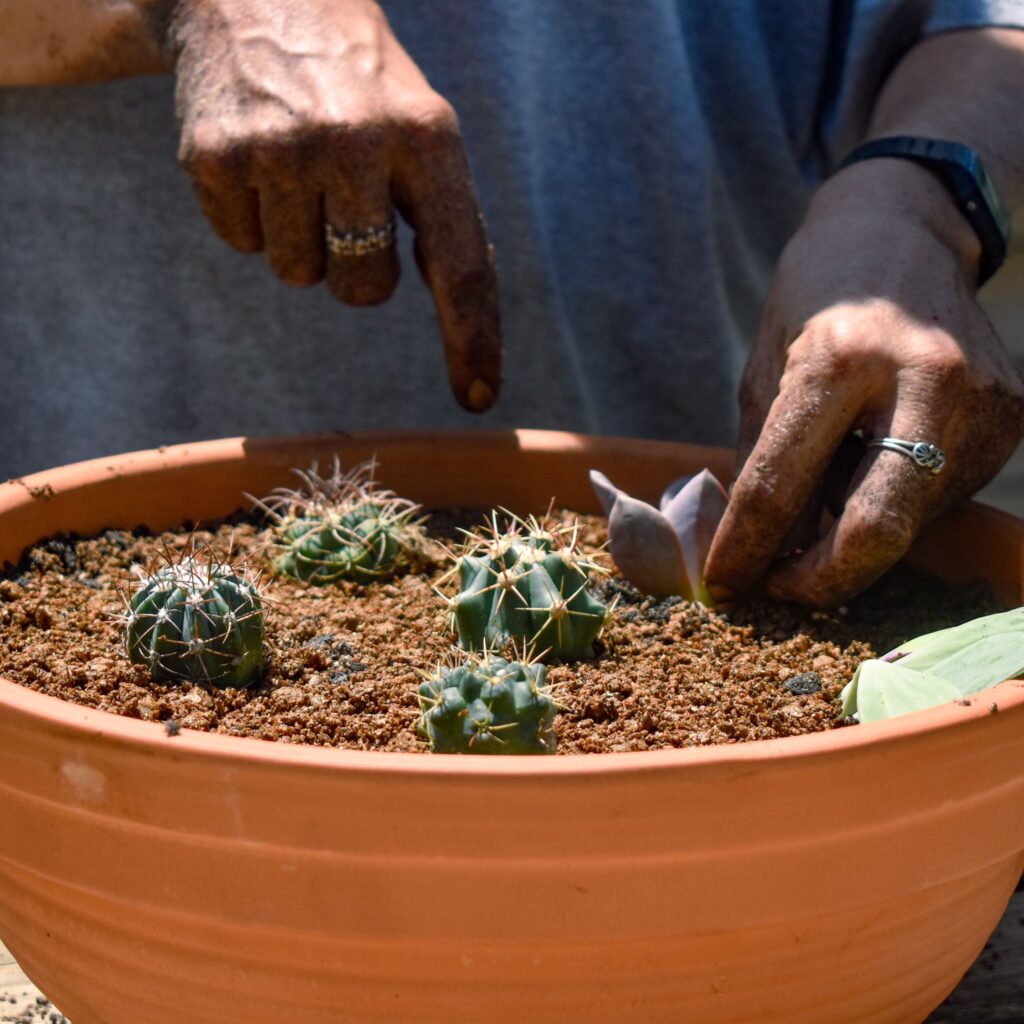
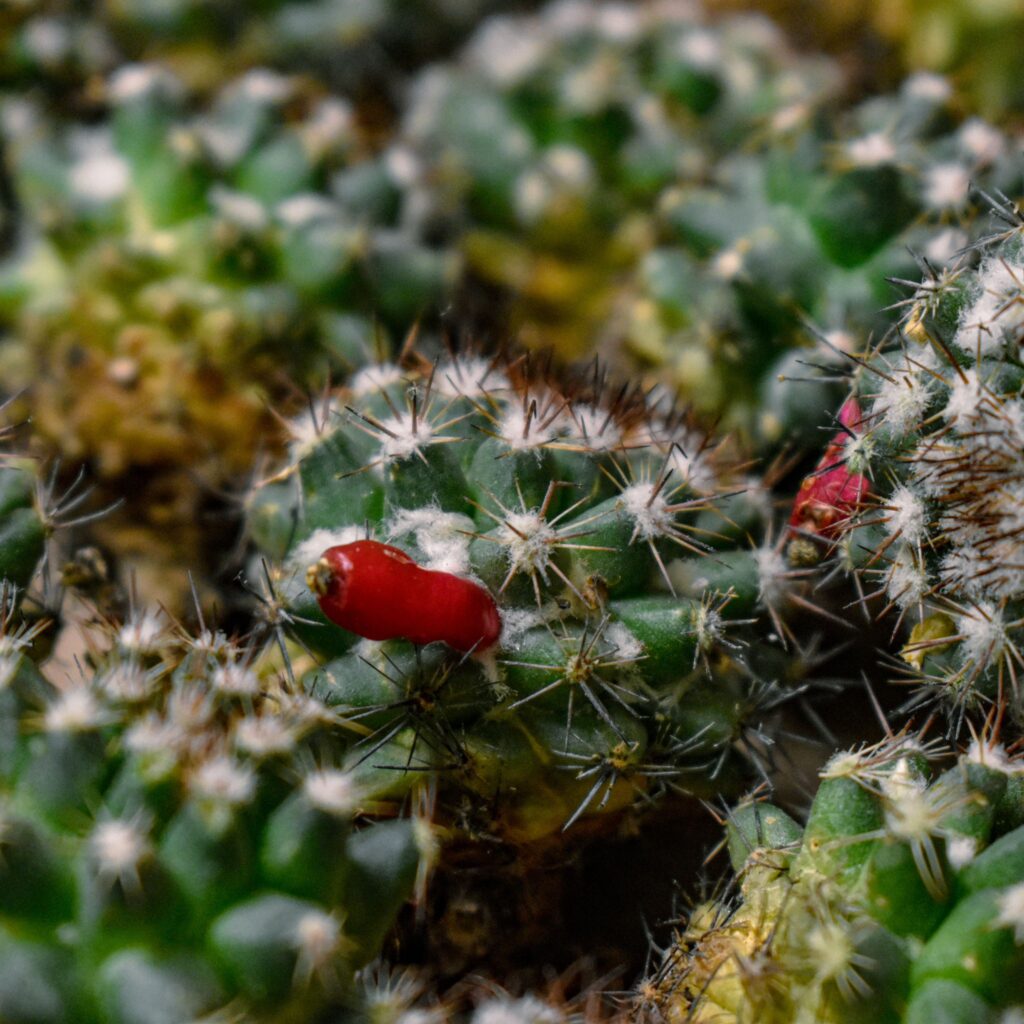
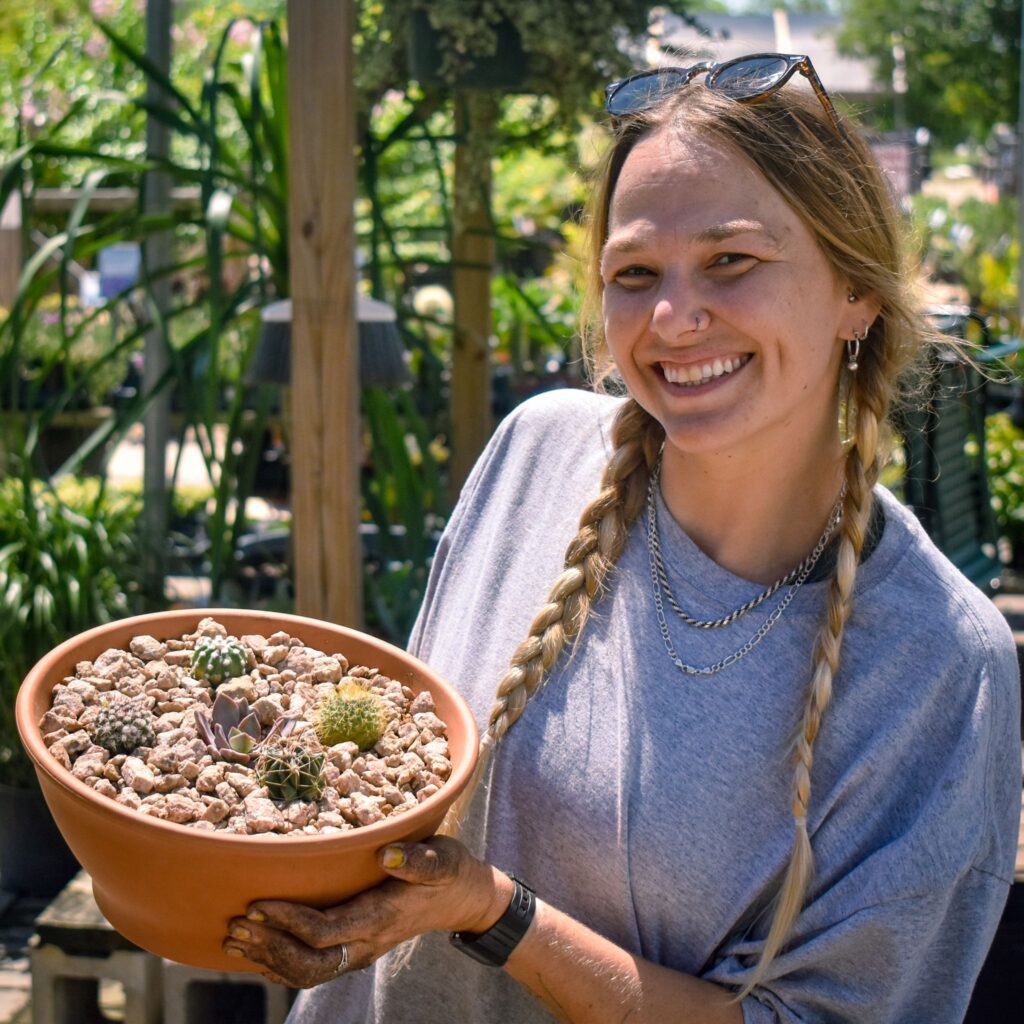
We all know that fresh mulch is like a fresh coat of paint for your garden – instant makeover! But did you know that applying a proper 3” layer of natural mulch keeps underlying soil temps more than 20 degrees cooler?!
Gill’s Landscape Designer, Kathy Hubner recently attended a webinar presented by Bartlett Tree Research Laboratories in which they shared amazing results from a mulch study in San Antonio. Soil temperatures were measured at 6″ deep (where plant roots live) on a 105 F summer day. Bare soil, 6″ down was 102 F. Soil under grass was 92 F. Soil beneath a 3″ layer of mulch was only 76 F!! Mulch for the win!

Keeping plant roots cool helps them take up water and nutrients and prevents heat stress on the plant. Cooling powers alone are a great motivation to maintain a 3″ mulch layer, but there are lots of other key benefits. Mulch helps you water: it helps retain depth moisture in the soil when you water slow and deep.
A 3″ mulch layer also helps suppress weeds. It allows good water, oxygen, and nutrient transfer, but blocks light that weed seeds need in order to sprout. And speaking of nutrients, natural hardwood mulch or pine straw mulch breaks down over time and helps build healthier soil.
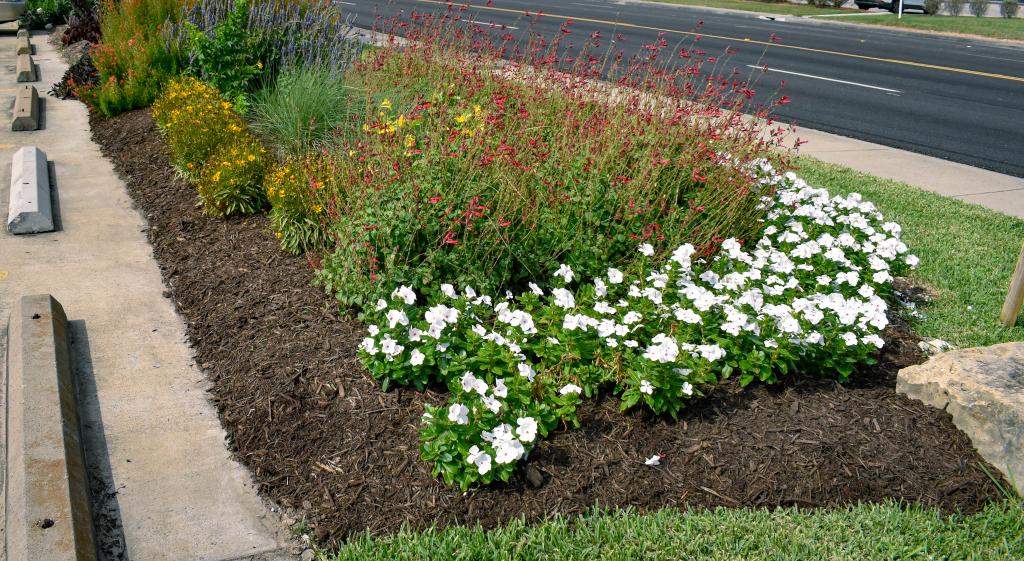
To achieve a 3″ layer of mulch takes about 1 bag per 12 sq. ft. Be sure you spread the mulch evenly and avoid creating the dreaded “mulch volcano” around the trunks or main stems of plants and trees. Mounding mulch up against the trunk can invite disease. Best to mulch around trees and plants then pull mulch away from the trunk to create some space.
Pro tip: As your veggies finish their growth cycles this summer, pull them up and use a nice layer of pine straw mulch over your garden beds to keep weeds down and help keep your soil alive and ready for the next season.
KEEP COOL AND MULCH ON!
It’s National Pollinator Week and summer is officially here! Just like gardeners adapt to summer temps, so do pollinators like bees, butterflies, birds, and all kinds of insects. They need our help finding food, shade/shelter, and places to raise young. Good thing there are lots of plants that love our South Texas summer AND help meet these needs for pollinators. Here are our top 10!
1. Native Texas Sage
Texas Sage aka Barometer Bush flowers are a big food source for a variety of bees, butterflies, and moths in our area. Hard to find a tougher (or prettier!) shrub for full sun areas. The blooms open in response to changes in humidity and barometric pressure, typically just before or after a rain.
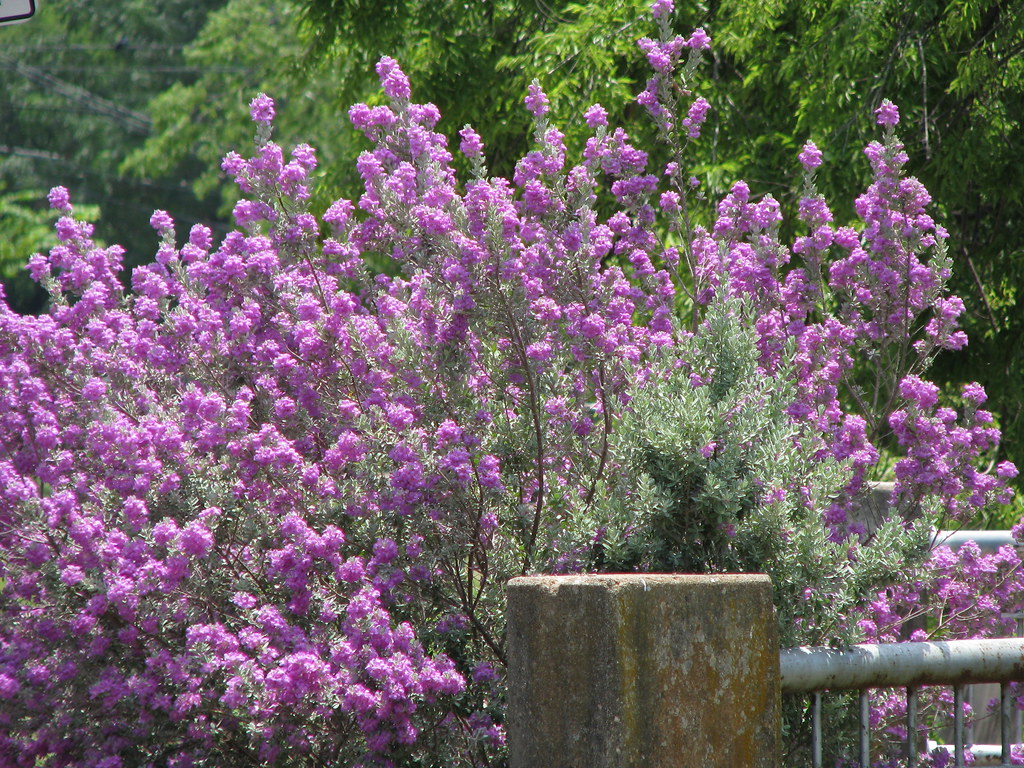
2. Golden Thryallis
Native to Mexico and well-adapted to South Texas, Thryallis is almost always blooming! Hummingbirds, bees, and butterflies can stop for a meal in spring, summer, and fall.

3. Basil
Of course we love eating and cooking with Basil, but it’s also a magnet for pollinators! A few Basil plants in your garden, especially the big-blooming varieties like Magic Mountain, will bring you lots of pollinators and more blooms everywhere.
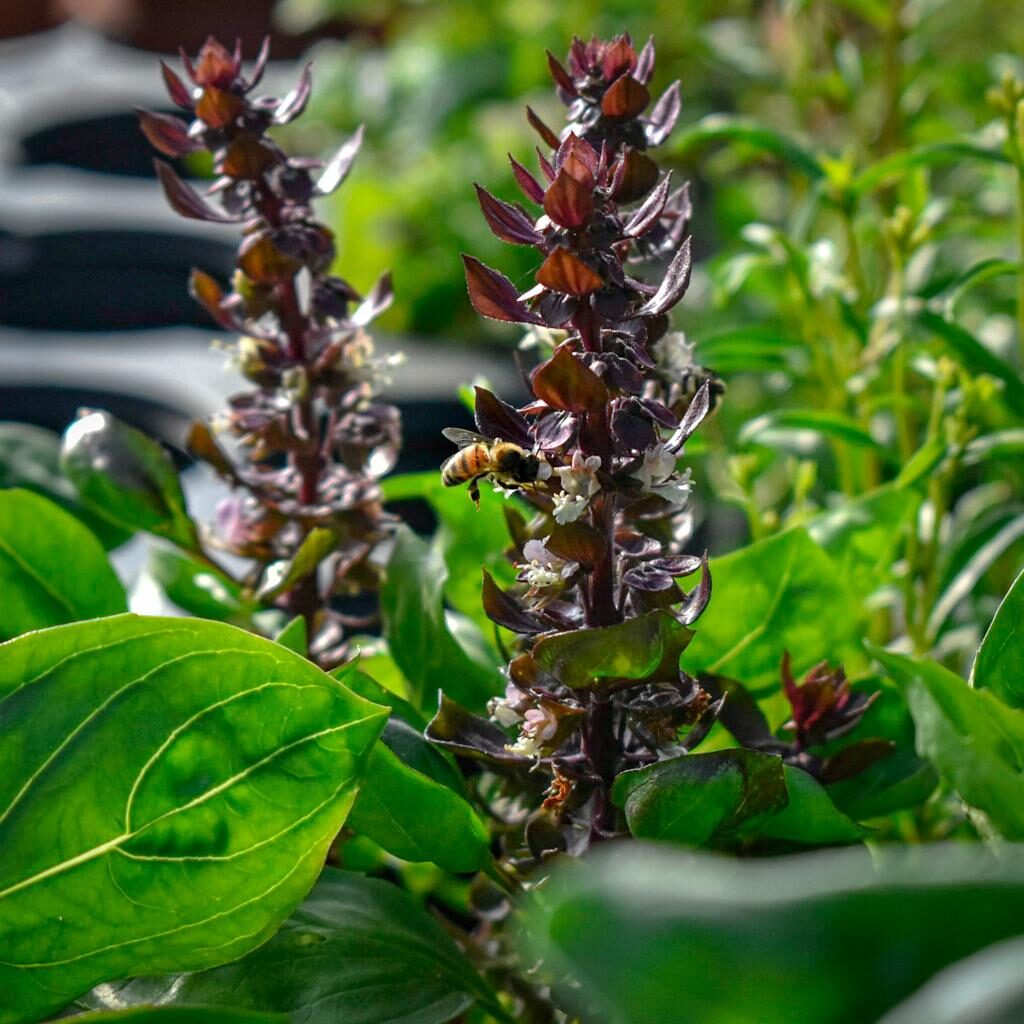
4. Zinnias
Zinnias are a summer classic for South Texas. They’re easy to grow from seed or transplant, they love warm weather, and they just make you happy! They make bees happy too!
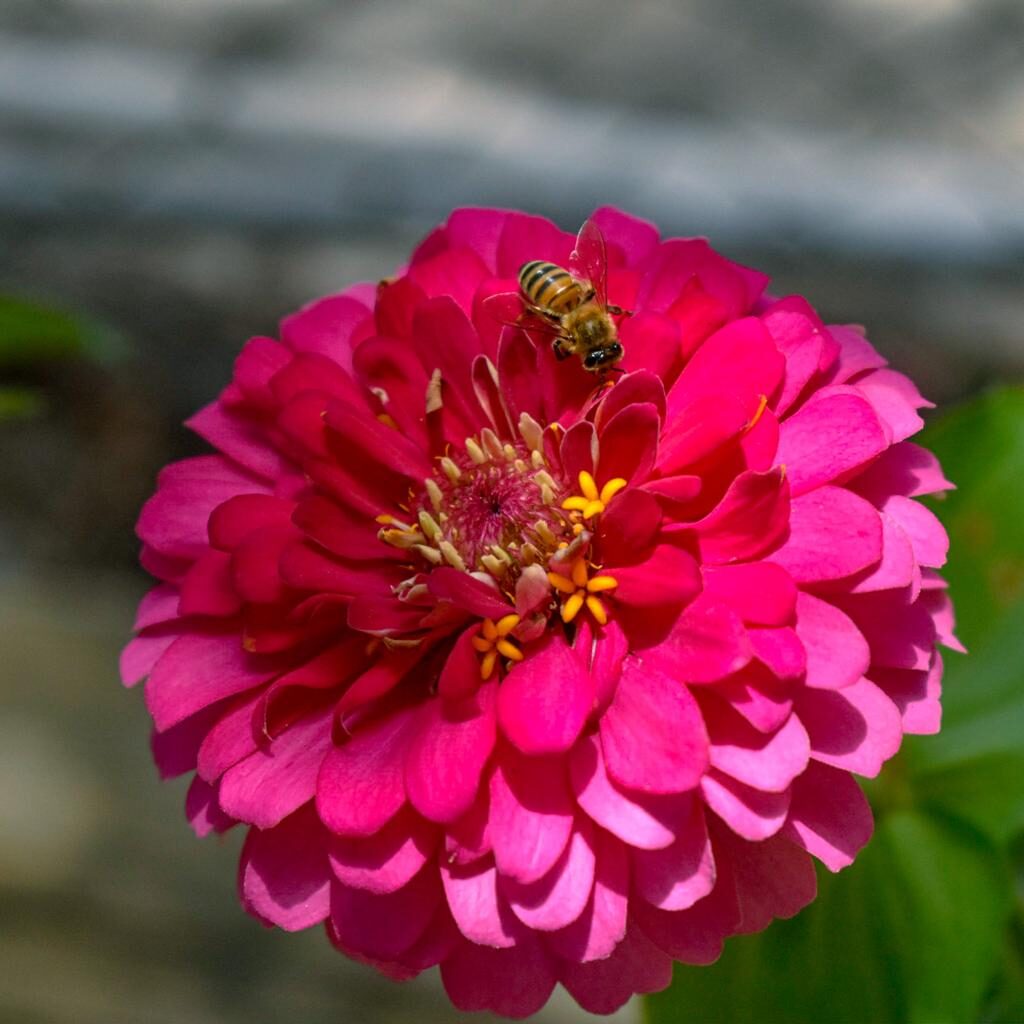
5. Turk’s Cap
Q: What blooms in the shade, blooms in the sun, provides food and shelter for birds and butterflies, doesn’t need much water, and is native to a huge swath of Texas?
A: Turk’s Cap!
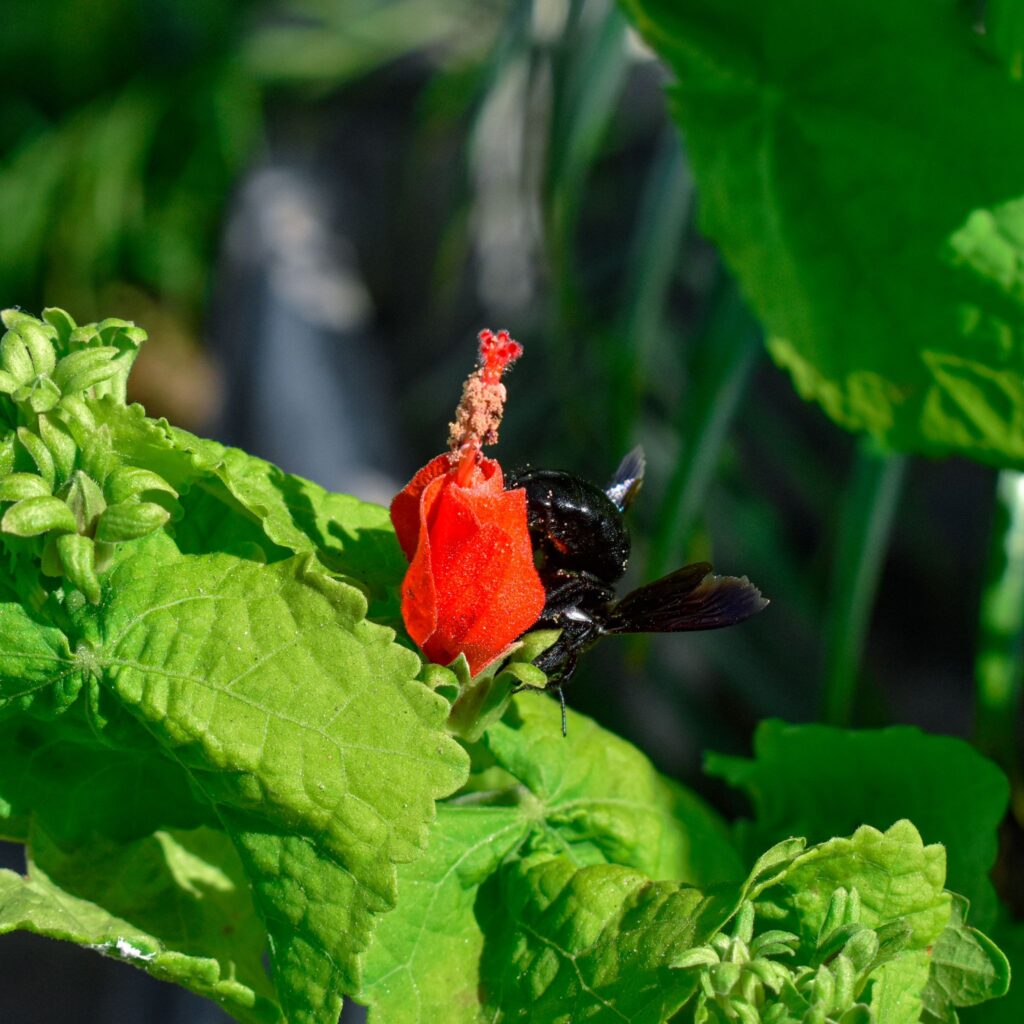
6. Eleagnus
You may not think of Eleagnus when you think of pollinator plants, but we think you should! The flowers attract bees and other beneficial insects, and birds love the berries. And Eleagnus grows big enough (10’x10′) to create plenty of shade and shelter and a place to nest and raise young. Not to mention that Eleagnus is excellent for the coast due to it’s high tolerance of salty conditions.
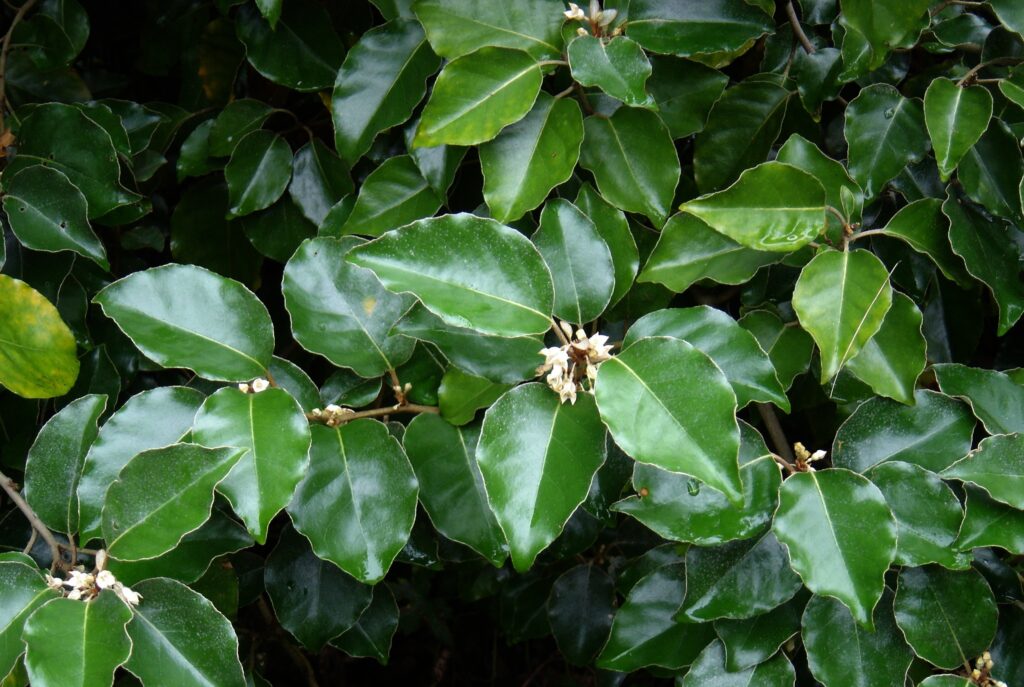
7. Henry Duelberg Salvia
Henry Duelberg is one of our native Texas salvias that hummingbirds, bees, and butterflies adore. They’re great on water and they just keep on blooming!
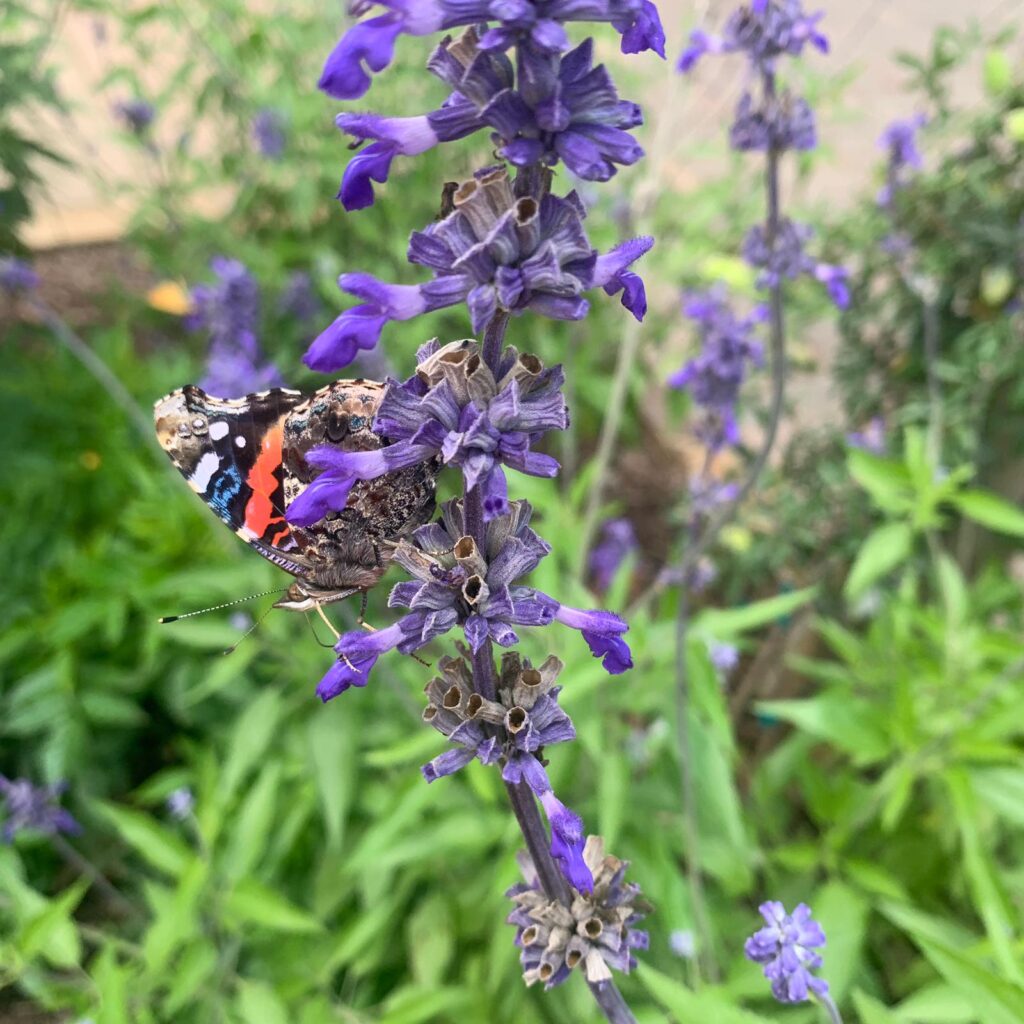
8. Firebush!
We consider Firebush to be THE hummingbird plant for South Texas. They absolutely thrive in summer – you’ll see them starting to bloom right about now. The tubular blooms are perfect for a hummingbird’s beak. Big, goofy carpenter bees love making their homes in the hollow branches of an established Firebush.
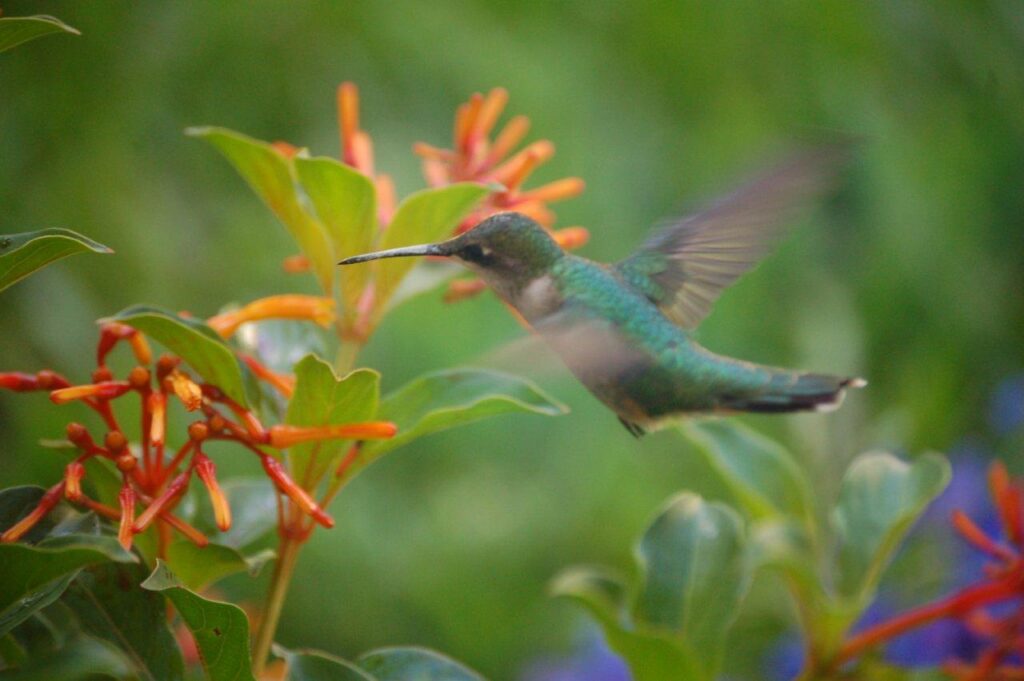
9. Esperanza
Carpenter bees love Esperanza! And we love watching them buzz and knock around all over the flowers. The big, bell-shaped blooms are perfect for big, round carpenter bees. Esperanza will keep blooming through the summer and fall.
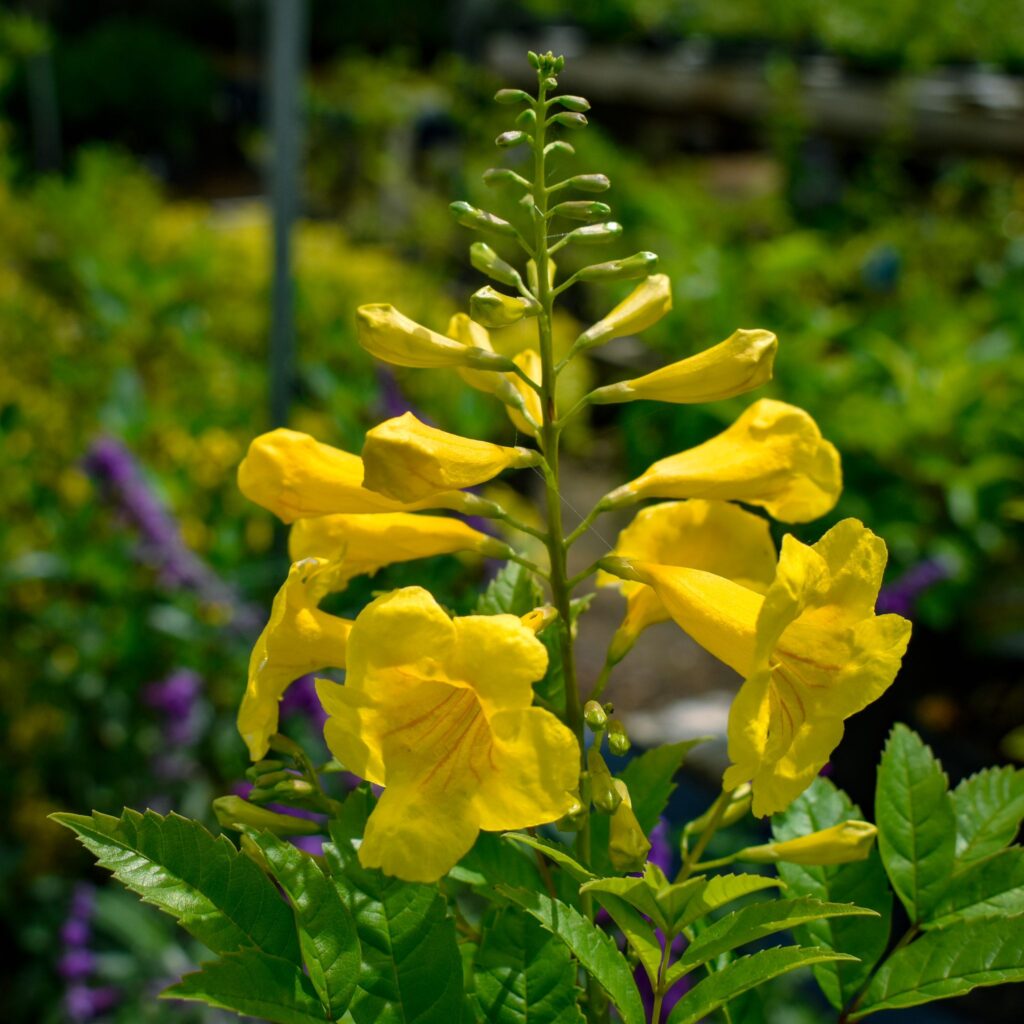
10. Grasses!
Planting grasses like our native Coastal Muhly grass or Purple Fountain grass, provides great shelter for birds and other small wildlife. And summer is a great time to plant so they establish roots and get ready to bloom beautifully in the fall.
